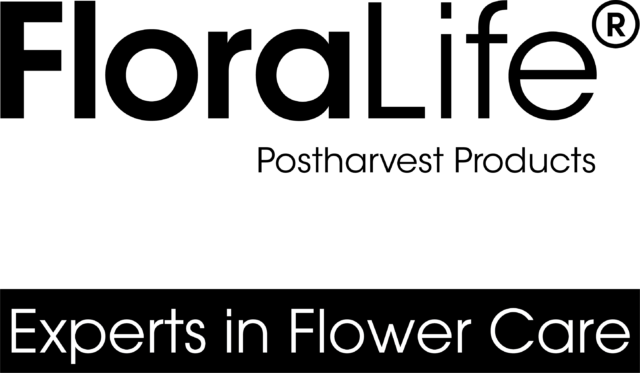Hydrangea, also known as Hortensia, is not only beautiful, but an amazingly versatile mass flower offering texture and gorgeous color to any design. Available year round, it's easy to see why hydrangea are so popular, particularly for weddings and events. Flowers are susceptible to wilting but following proper care and handling guidelines hydrangeas will stay hydrated and healthy.
Problems & Solutions
Problem:
Ethylene sensitivity
Solution:
There are no published reports that cut hydrangea are sensitive to ethylene, however; there are reports of prolonged exposure to ethylene causing shattering in potted hydrangea. Be sure your hydrangea is shipped with EthylBloc™ and maintain cold chain during shipping to minimize potential ethylene damage.
Problem:
Botrytis
Solution:
Avoid temperature fluctuation during shipping. Condensation on sleeves can promote pathogen growth. Avoid extremely high relative humidity and use Floralife® Transport Paper during shipping.
Problem:
Prone to physical damage
Solution:
The peduncles (stalks supporting the bracts) can be broken easily and physical damage to the white bracts is very evident as brown lines. Harvest before the bracts (petals)are fully expanded. Do not over pack boxes and be sure bunches are securely strapped inside box, so they do not move during shipping.
Problem:
Extremely thirsty
Solution:
A lot of water is lost via transpiration from the leaves especially at room temperatures or warmer. Hydrangea respond very well to flower food solutions. Harvest stems into hydration solution specifically formulated for hydrangea such as FloraLife® Hydrate Hydrangea. Use a holding solution when storing wet, such as FloraLife® Express 200, and a consumer flower food like Express® Universal 300 for vase arrangements. To keep hydrangeas hydrated, it is extremely important to maintain the cold chain throughout the distribution, as well as adhere to strict cleaning protocols. Storage temperature should be 34°-38°F, 1°-3°C.
Need to Know: Hydrangea Helpful Hints
Properly Mixed Flower Food: The Benefits
- Helps bracts to fully expand
- Helps hydrangea stay hydrated and avoids wilting
- Longer vase life
- Better color
Pack with Care
- Hydrangea flowers are prone to wilting. To prevent excessive dehydration during dry shipment, stems are usually individually sleeved and have a water bag wrapped around the bottom of the stems. This helps maintain hydration and reduces physical damage during shipping.
- Hydrangea stems are typically harvested when bracts are only partially expanded to help reduce shipping volume and physical damage. Stems harvested at the correct opening stage can be packed tightly in a box with care.
- Stems should be securely strapped inside box to prevent shifting or movement that can cause physical damage during transport.
Performance
- Opening speed is slow, especially when stored in the cooler.
- Expected vase life is typically 7-10 days for end consumer with flower food.
- Hydrangea can be mixed with other flowers in a vase or bucket without harmful effects. Keep an eye on flower food solution to be sure flowers stay hydrated.
- It may take several days for bracts to fully open in a vase arrangement at room temperature.
- Hydrangea generally is not fragrant.
- Natural or airbrushed, hydrangea will perform the same.
- Hydrangeas have hard, woody stems. You can use hydrangea in floral foam designs, but their performance in foam is generally not as good as in vase. If you are going to use hydrangea in a foam design, we recommend a secure foam as stems tend to be heavy. It's also best to cut stems at a sharp angle when inserting into foam and check foam often as hydrangeas need lots of water.
- For best results, be sure stems are well hydrated before using them to design and use FloraLife® Finishing Touch spray to keep your hydrangea blooms fresh and hydrated.
FIFO
- FIFO (First In First Out) inventory rotation is our recommendation. Hydrangea can be held for up to one week in dry storage if kept in the cooler at 34°-38°F, 1°-3°C, and stems have water bags wrapped around the bottom of the stems to keep them hydrated.
Have questions or need expert advice? Visit FloraLife.com or contact your local representative for an in-person consultation.
Product availability depends upon geographical region. Check here for more information.


